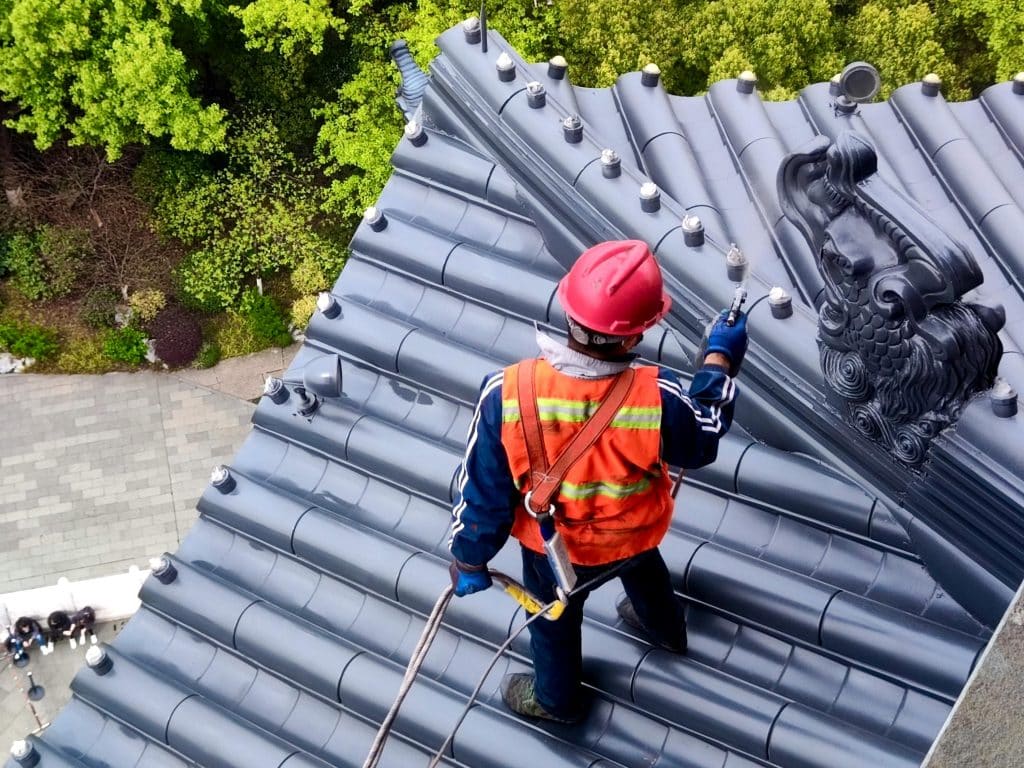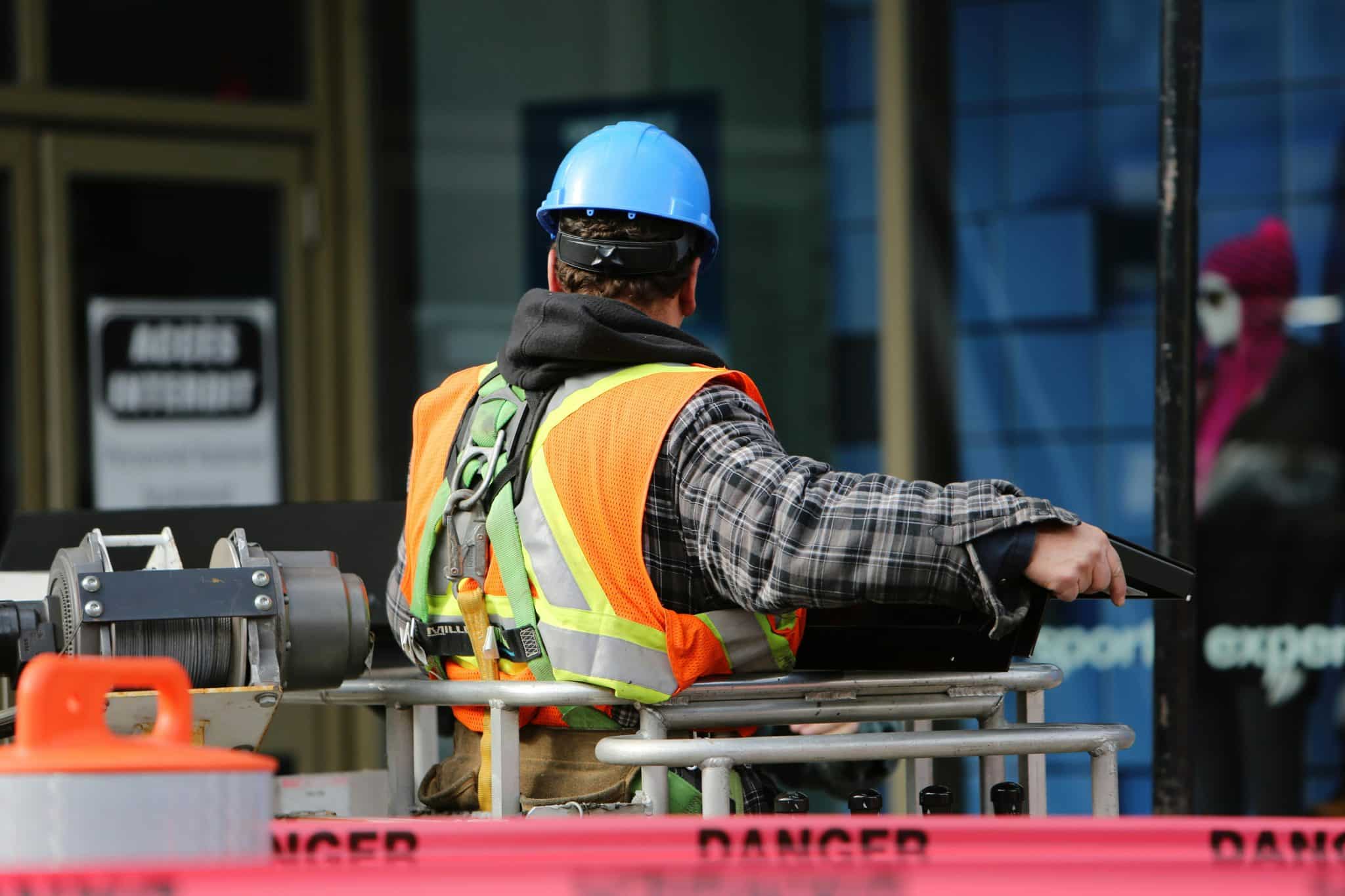Fall safety is a concern in industrial and construction settings, where workers are often exposed to height-related hazards. As technology advances, safety equipment has become more effective, contributing to better worker protection. A key focus in optimizing fall safety is the development of lightweight and durable equipment, such as high-quality harnesses, which not only enhance safety but also improve comfort and ease of use.
Importance of Lightweight Equipment
Lightweight equipment reduces worker fatigue, enhances mobility, and maintains safety standards. These benefits collectively contribute to safer, more efficient, and productive work environments across various industries.
Reducing Worker Fatigue
- Less Physical Strain: Lightweight equipment reduces the physical strain on workers, which is especially important for individuals working at heights or in physically demanding environments. Minimizing the weight workers carry or wear reduces fatigue, allowing them to remain alert and productive for longer periods.
- Improved Safety: Fatigue is a major contributor to workplace accidents and injuries. Lightweight gear helps mitigate this risk by reducing the energy expenditure required to carry or use the equipment, lowering the likelihood of fatigue-related errors.
Enhancing Mobility and Ease of Use
- Increased Mobility: Lightweight gear enhances worker mobility, allowing them to move more freely and perform tasks more easily. This greater level of mobility is particularly beneficial in dynamic work environments where agility and quick movement are essential.
- Ease of Adjustment and Use: Modern lightweight equipment is often designed to be user-friendly, with features allowing quick adjustments and easy attachment to various anchor points. Ease of use ensures workers can quickly don and doff the equipment, maintaining safety without compromising productivity.
Maintaining Safety Standards
- Safety Without Compromise: While reducing the weight of protective gear, it is essential to maintain or even enhance safety standards. Advances in materials and design have enabled the development of lightweight equipment that meets stringent safety regulations while providing the necessary protection.
- Comfort and Compliance: Workers are more likely to consistently and properly wear comfortable equipment. Lightweight designs often incorporate breathable materials and ergonomic features that enhance comfort, encouraging compliance with safety protocols.
Benefits of Durability in Fall Safety Equipment

Durable fall safety equipment provides:
- Long-term safety benefits
- Economic advantages through reduced replacement and maintenance costs
- The ability to withstand challenging environmental and operational conditions
These factors make durability a key consideration when selecting fall protection equipment.
Ensuring Long-Term Safety
- Consistent Performance: Durable equipment is designed to withstand regular use over time, maintaining its protective capabilities. Reliable equipment is essential in high-risk environments where equipment failure can lead to serious injuries or fatalities.
- Reduced Wear and Tear: High-quality, durable materials resist wear and tear better than cheaper alternatives. Equipment should effectively safeguard workers against falls, even with frequent use.
Economic Benefits
- Cost-Effectiveness: Investing in durable fall protection gear can lead to cost savings. While the initial investment may be higher, the reduced need for frequent replacements and repairs lowers overall expenses.
- Minimized Downtime: Durable equipment reduces the likelihood of unexpected failures, which can cause work stoppages. This reliability ensures projects stay on schedule, minimizing downtime and associated costs.
Withstanding Harsh Conditions
- Environmental Resistance: Durable materials are often selected for their ability to withstand harsh environmental conditions, such as extreme temperatures, moisture, UV exposure, and corrosive environments. For example, marine-grade stainless steel and bronze are used in equipment exposed to wet or corrosive conditions.
- Heavy Usage: Equipment is used heavily in industries like construction, mining, and energy. Durable fall protection gear is designed to handle these demands without compromising safety, ensuring it performs effectively under stress.
Integration of Lightweight and Durable Features
Integrating lightweight and durable features in fall protection equipment represents a leap forward in occupational safety. By leveraging cutting-edge materials and design techniques, manufacturers can create equipment that meets stringent safety standards and enhances worker comfort and productivity.
This balance between weight reduction and durability encourages proper use of safety equipment and may help reduce workplace injuries and fatalities related to falls.
Balancing Design and Durability
- Advanced Materials: Modern fall protection equipment often utilizes high-strength, low-weight materials such as aerospace-grade aluminum and specialized synthetic fibers. These materials offer excellent strength-to-weight ratios, allowing for equipment that is both lightweight and capable of withstanding significant forces.
- Ergonomic Design: Manufacturers are increasingly focusing on ergonomic designs that distribute weight evenly across the body, reducing strain on the worker while maintaining structural integrity.
Contribution to Worker Safety and Compliance
- Increased Comfort and Compliance: Lightweight, comfortable equipment is more likely to be worn correctly and consistently by workers, leading to better compliance with safety regulations.
- Enhanced Mobility: Modern equipment’s reduced weight allows workers to move more freely, potentially reducing fatigue and improving comfort and overall productivity without compromising safety.
- Durability for Harsh Environments: Despite their lightweight nature, these materials are often highly resistant to environmental factors such as UV radiation, chemicals, and extreme temperatures, ensuring longevity and reliability in diverse work settings.
- Meeting Safety Standards: Advanced materials and designs enable manufacturers to meet or exceed safety standards set by organizations like OSHA, ANSI, and CSA while still providing lightweight solutions.
Practical Applications and Industry Examples
Lightweight, durable fall safety equipment is essential in various industries where workers are exposed to height-related risks. Here are some practical applications and industry examples:
Construction Industry
- High-Rise Building Construction: Workers on skyscrapers and multi-story buildings benefit greatly from lightweight, durable safety harnesses and lanyards. This equipment allows for extended wear during long shifts without causing excessive fatigue.
- Bridge Maintenance: Bridge workers often need to access difficult areas while exposed to harsh weather conditions. Lightweight, corrosion-resistant equipment is essential for their safety and mobility.
Energy Sector
- Wind Turbine Maintenance: Technicians climbing wind turbines require equipment that is both lightweight for easy ascent and durable enough to withstand high winds and frequent use.
- Oil Rig Operations: Workers on offshore platforms need fall protection that can resist corrosive sea spray while providing unrestricted movement in tight spaces.
Telecommunications
- Cell Tower Maintenance: Climbers working on cell towers benefit from ultra-lightweight harnesses and lanyards that allow for extended work periods at extreme heights.
Manufacturing and Warehousing
- Aircraft Assembly: Workers in aircraft manufacturing often work at heights inside large hangars. Lightweight fall protection allows them to move easily around complex structures.
- Warehouse Operations: Employees using elevated platforms and forklifts in fast-paced warehouse environments require fall protection that doesn’t impede their mobility or efficiency.
Choosing the Right Fall Protection for Safety and Durability
Equipment that is both lightweight and durable is essential for effective fall safety in various industries. Workers who are equipped with gear that balances these features can experience increased comfort, mobility, and long-term safety.
Industry professionals must stay informed about the latest advancements in fall protection technology to ensure they provide their teams with the highest levels of safety.

